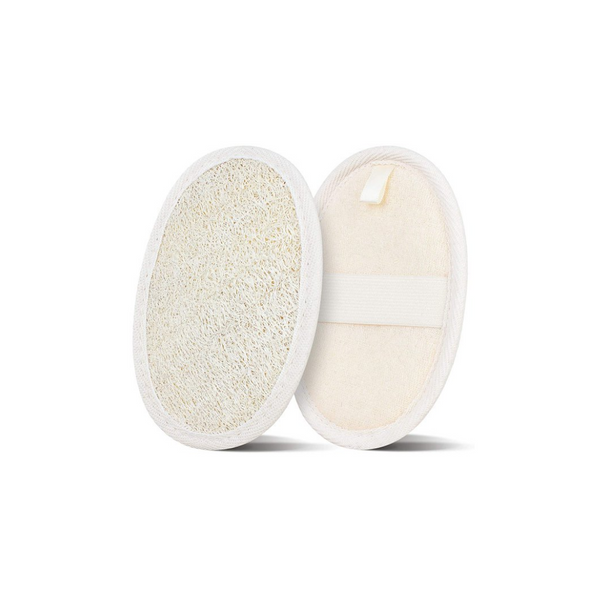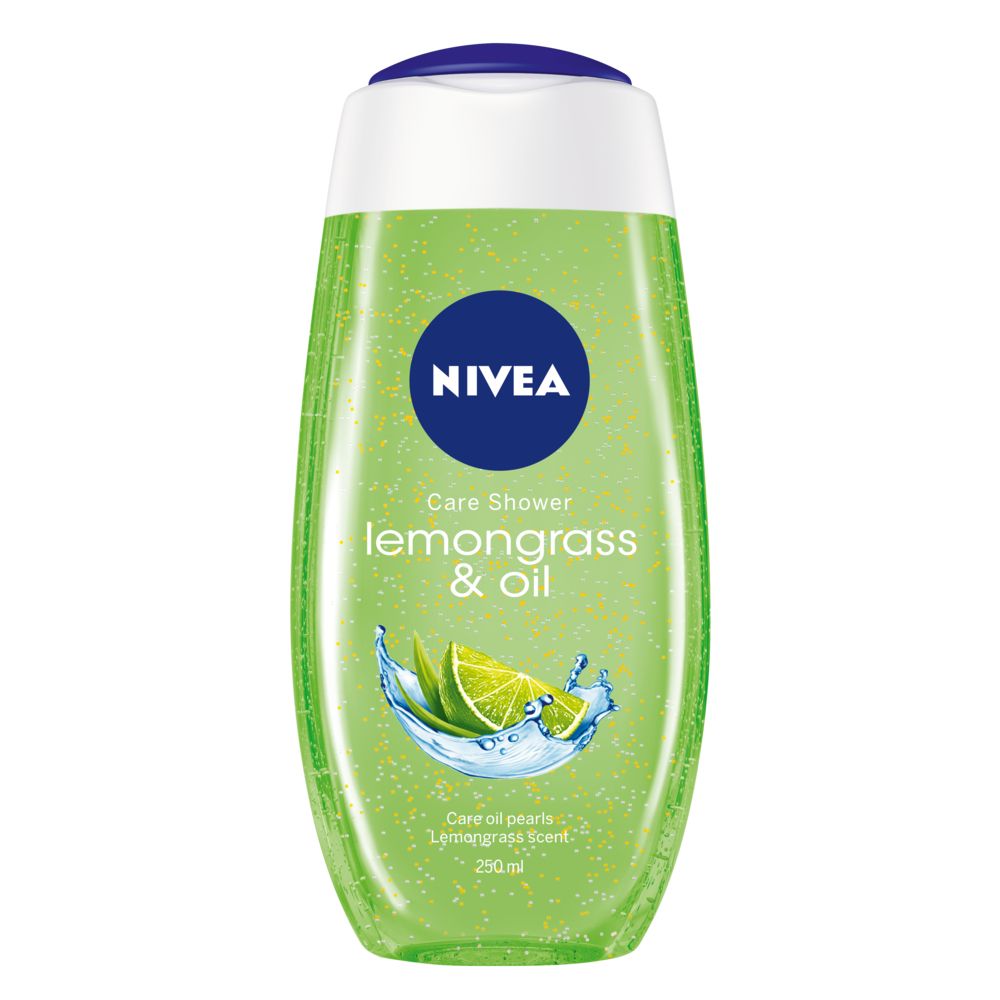
How To Shower Properly – A Step-by-Step Guide to Optimal Hygiene
Showering is not just about getting clean; it is an essential part of our daily routine that promotes personal hygiene, relaxation, and overall well-being. However, to make the most of this seemingly simple task, it’s important to understand how to shower properly. In this comprehensive guide, we will walk you through each step of an effective and refreshing showering routine.
To enhance your bathing experience, it’s important to have the right essential items at your disposal.
Why Do We Need To Shower?
Showering serves several purposes and benefits, both practical and hygienic. While showering is generally beneficial, it’s worth noting that excessive or prolonged showering with very hot water can strip the skin of its natural oils and cause dryness. It’s important to find a balance and adopt showering practices that suit your skin type and personal needs. Here are some of the main reasons why we shower:
-
Personal hygiene: Showering helps to keep our bodies clean and remove dirt, sweat, bacteria, and dead skin cells that accumulate on our skin throughout the day. It helps to prevent body odor and maintain overall cleanliness.
-
Refreshment and relaxation: Taking a shower can be a refreshing and rejuvenating experience. The warm water and the sensation of being cleansed can help you feel more awake, relieve fatigue, and provide a general sense of relaxation.
-
Skin care: Showering can contribute to maintaining healthy skin. It helps to unclog pores, remove excess oil, and reduce the chances of developing certain skin conditions, such as acne. Proper showering practices, like using gentle cleansers and moisturizing afterwards, can help maintain the skin’s natural balance.
-
Promoting circulation: The flow of water and the massaging effect of showering can promote blood circulation throughout the body. This increased circulation can have positive effects on muscle recovery, relaxation, and overall well-being.
-
Stress relief: Many people find showering to be a therapeutic activity. The combination of warm water, privacy, and the opportunity for introspection can help alleviate stress, clear the mind, and provide a few moments of solitude.
-
Sleep preparation: Taking a shower before bedtime can help signal your body that it’s time to relax and wind down. The change in body temperature after a warm shower can promote better sleep by inducing a sense of calm and relaxation.
How Often Must You Shower?
The frequency of bathing or showering can vary depending on personal preferences, cultural practices, and individual factors such as lifestyle and climate. While some people choose to bathe daily, others may do so every other day or even less frequently
However, it’s important to note that daily bathing may not be necessary for everyone. Factors such as skin type, climate, and personal preferences can influence the frequency of bathing. Some individuals may find that bathing every other day or a few times a week is sufficient for their needs, while others may need to bathe more frequently due to certain activities or personal circumstances. Ultimately, finding a bathing routine that works best for you and keeps you clean and comfortable is important.
Essential Items For Your Bathing Routine
Transforming your bathing routine into a luxurious and rejuvenating experience requires the right essential items. Good quality towels to invigorating body wash, this comprehensive list covers everything you need for a blissful bath. Don’t forget to tailor your choices to your preferences, skin type, and desired ambiance, ensuring that each bath becomes a moment of self-care and relaxation.
Here is a comprehensive list of essential items for your bathing routine:
-
Good-Quality Bath Towels:
Invest in soft, absorbent bath towels that envelop you in comfort. Opt for towels made of 100% cotton or bamboo, as they are gentle on the skin and highly absorbent. Look for a towel size that suits your preference, whether it’s a bath sheet for maximum coverage or regular-sized towels. -
Invigorating Body Wash:
Select a body wash, bath soap or shower gel that suits your skin type and preferences. Look for nourishing ingredients like shea butter, aloe vera, or essential oils that will cleanse and moisturize your skin while providing a delightful aroma. Remember to choose a fragrance that brings you joy.
-
Gentle Exfoliating Scrub:

Incorporate a gentle exfoliating scrub into your bathing routine to remove dead skin cells and reveal a radiant complexion. Choose a scrub with fine particles or natural exfoliants, such as sugar or oatmeal, to avoid skin irritation. Regular exfoliation can leave your skin feeling smooth and rejuvenated. -
A pumice bathing stone:
Also known as a pumice stone, is a specific type of volcanic rock that is often used for personal care, particularly in skincare and grooming routines. Pumice stones are lightweight, porous, and have an abrasive texture.It’s worth noting that pumice stones are not suitable for all skin types or conditions. They should not be used on sensitive, inflamed, or broken skin. Additionally, if you have any underlying skin conditions or concerns, it’s best to consult with a dermatologist or healthcare professional before using a pumice stone.
Remember to exercise caution when using any exfoliating tool and discontinue use if you experience any pain, discomfort, or adverse reactions.
-
Bath Accessories:

Consider adding a few extras to elevate your bathing routine further. Some options include a loofah or bath sponge for gentle exfoliation, a shower cap to protect your hair, a bath tray to hold your book or glass of wine, or a waterproof Bluetooth speaker for music or podcasts.
How To Shower Properly
Step 1- Face
Washing your face properly is an essential part of your skincare routine.
Use soap and a towel to wash your face with lukewarm water, avoid using hot water as it can strip away natural oils which can lead to dryness. Clean your face in circular motions gently but thoroughly with a towel. Sweat, any face creams or make-up for women must be removed completely in your daily routine. Rinse the towel and repeat the process again to make sure your skin is completely clean.
Remember to wash your face twice a day, once in the morning and once before going to bed. This helps to remove dirt, excess oil, and impurities accumulated throughout the day or during sleep.
Step 2 – Body
Start by adjusting the water temperature to a comfortable level. Avoid extremely hot water, as it can strip the skin of its natural oils and cause dryness. Opt for warm water instead, which helps to open up pores and cleanse effectively.
Choose a mild pH-balanced cleanser, soap or body wash that suits your skin type. Apply a small amount to a loofah, washcloth, or your hands and work it into a lather. Starting from your neck, work your way down, gently massaging the cleanser into your skin in circular motions. Pay special attention to areas prone to sweat, dirt, or odor, such as underarms, feet, and groin. Rinse thoroughly, ensuring all the cleanser is removed.
Rinse your body and repeat the process to ensure a thorough cleaning of your body.
In addition to these steps, it’s essential to be mindful of your skin type and choose products that are specifically formulated for your skin’s needs. If you have any specific skin concerns or conditions, it’s a good idea to consult a dermatologist for personalized advice.
Step 3 (If Applicable) Hair
Apply a small amount of shampoo to your hair and gently massage it into your scalp using your fingertips. Rinse thoroughly, ensuring no product residue remains. Follow up with a suitable conditioner, focusing on the ends of your hair. Allow the conditioner to sit for a few minutes before rinsing.
Step 4 (If Applicable) Shaving
If you choose to shave during your shower, ensure your skin is adequately wet and apply a shaving gel or cream. Use a clean, sharp razor and shave in the direction of hair growth to prevent irritation. Rinse the shaved areas thoroughly after each stroke and moisturize afterward.
Step 5 Rinse Off
Once you’ve completed all the necessary cleansing and grooming steps, stand under the water for a final rinse. Ensure that all products are washed away from your body and hair, leaving you feeling refreshed and clean.
Step 6 Drying Off
Pat yourself dry with a clean, soft towel. Avoid vigorous rubbing, as it can cause irritation. Pay attention to areas where moisture tends to accumulate, such as between toes and skin folds. If you have long hair, gently squeeze out excess water and wrap it in a towel or allow it to air dry.
Post-Shower Care
After your shower, it’s essential to apply a suitable moisturizer to help lock in moisture and keep your skin hydrated. Choose a product that suits your skin type and apply it generously all over your body. Don’t forget to apply a lip balm to prevent dryness and chapping.
Weekly – Exfoliation
Exfoliating your skin a few times a week helps remove dead skin cells and promote cell renewal. Use a gentle scrub or exfoliating glove and massage it over your body in a gentle, circular motion. Focus on rough areas like elbows, knees, and heels. Avoid harsh scrubbing, as it can irritate the skin. Do this once or twice a week
Conclusion
Showering is not just a routine task; it’s an opportunity to indulge in self-care and maintain optimal hygiene. By following these steps, you can ensure that your showering routine is effective, refreshing, and beneficial for your skin and hair. Remember to choose products suited to your skin type, avoid harsh temperatures, and listen to your body’s needs for a personalized and enjoyable shower experience.




